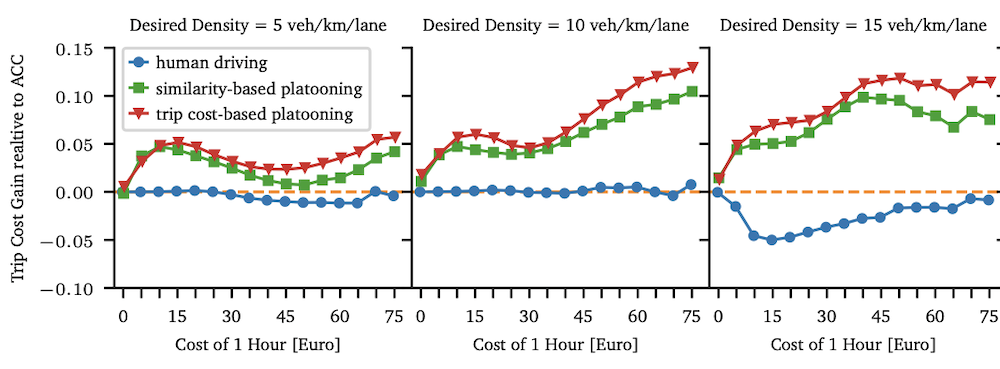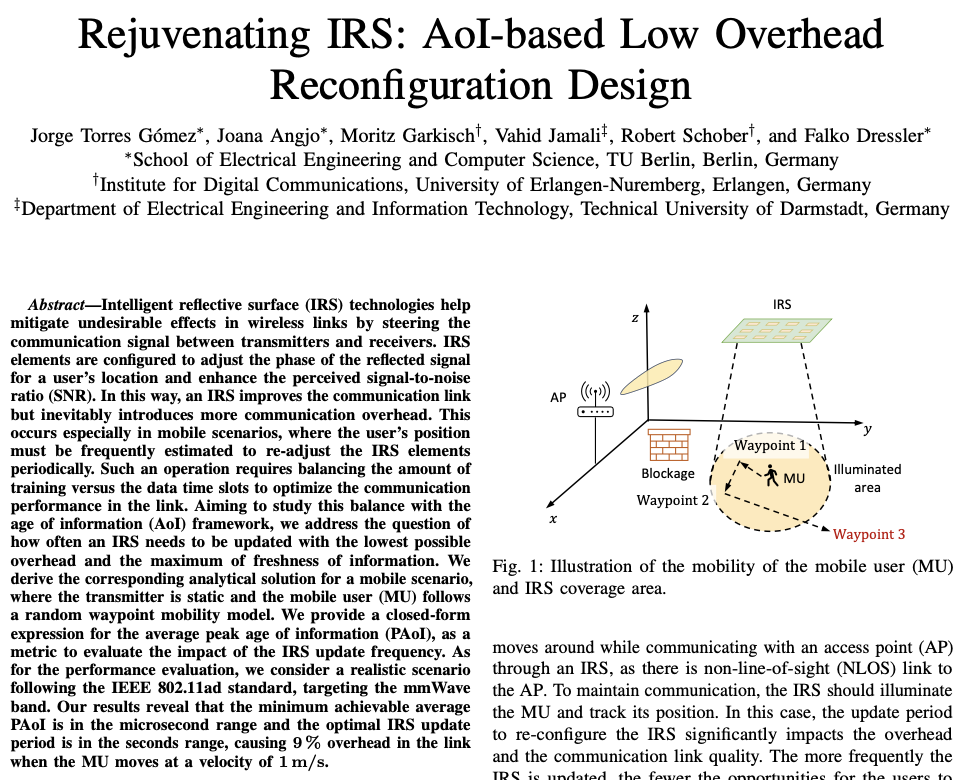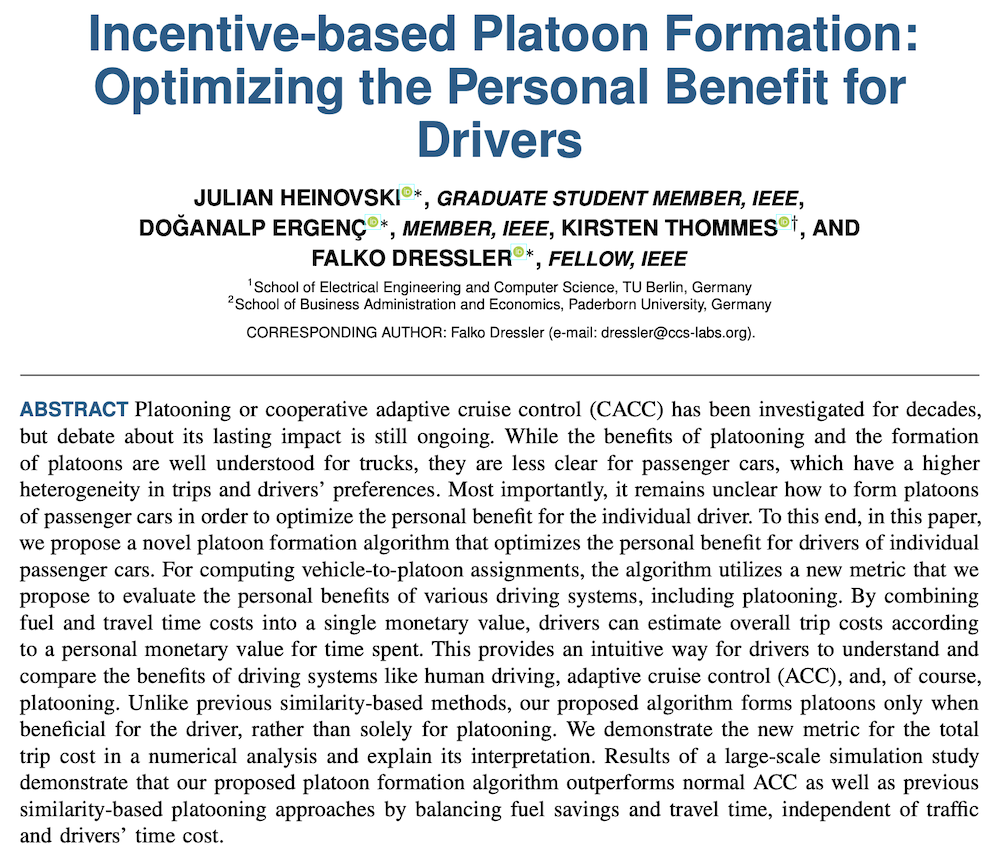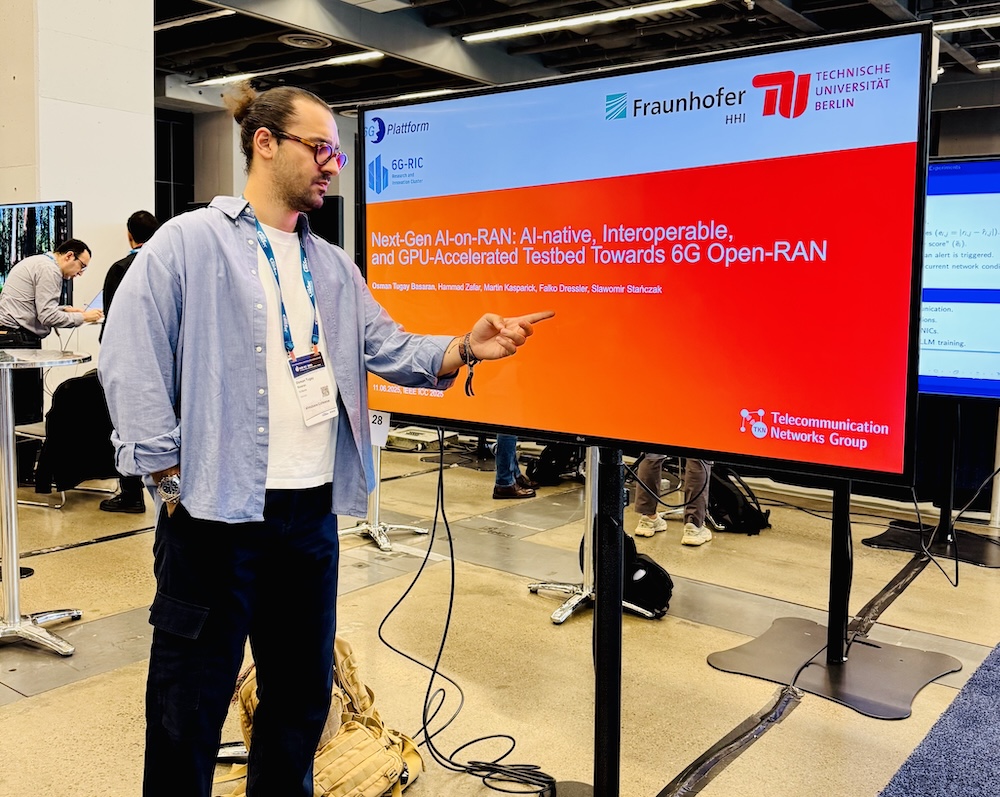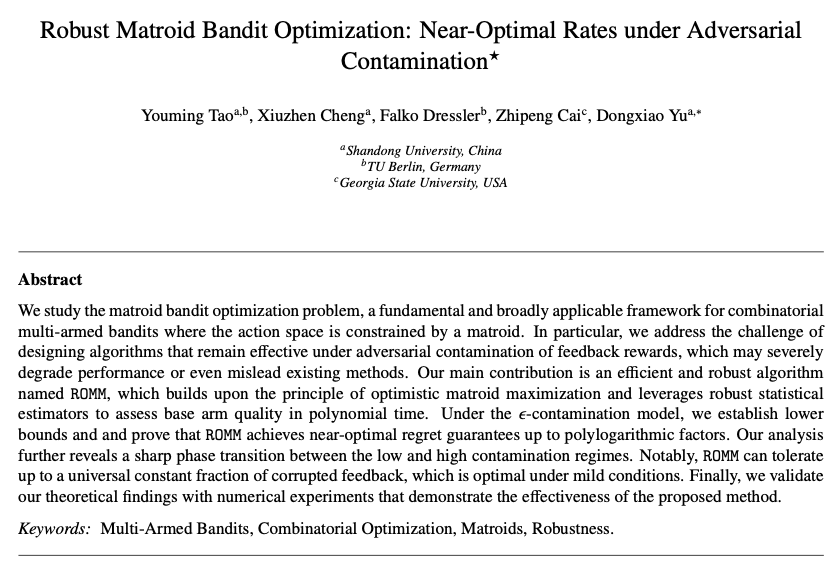Literature Database Entry
angjo2022asymmetrical
Joana Angjo, Ali E. Pusane, H. Birkan Yilmaz, Ertugrul Basar and Tuna Tugcu, "Asymmetrical Relaying in Molecular Communications," IEEE Transactions on NanoBioscience, vol. 21 (4), pp. 570–574, October 2022.
Abstract
Molecular communication via diffusion (MCvD) is a novel communication technique that uses the diffusive characteristics of molecules for enabling the communication between nanomachines. Since the molecules propagate following a random motion, MCvD schemes are usually limited to a short communication range. Most of the molecular relaying schemes in the literature consider symmetric setups where transmitters and receivers are placed at the same distance from the relay, which is difficult to provide in practical scenarios and a possible cause of failure. In this study, asymmetric molecular links of a relay system are investigated. In order to achieve a satisfactory overall performance in spite of the asymmetries, two parameter optimization methods are proposed for the uplink of a relaying system, based on emitting different types of molecules with different diffusion coefficient values from the transmitters. Due to the channel symmetry, the solutions presented in this study are expected to hold for the downlink as well. The resulting bit error rate (BER) performances are presented and discussed.
Quick access
Original Version ![]() (at publishers web site)
(at publishers web site)
Authors' Version ![]() (PDF on this web site)
(PDF on this web site)
BibTeX ![]()
Contact
Joana Angjo
Ali E. Pusane
H. Birkan Yilmaz
Ertugrul Basar
Tuna Tugcu
BibTeX reference
@article{angjo2022asymmetrical,
author = {Angjo, Joana and Pusane, Ali E. and Yilmaz, H. Birkan and Basar, Ertugrul and Tugcu, Tuna},
doi = {10.1109/tnb.2021.3136581},
title = {{Asymmetrical Relaying in Molecular Communications}},
pages = {570--574},
journal = {IEEE Transactions on NanoBioscience},
issn = {1558-2639},
publisher = {IEEE},
month = {10},
number = {4},
volume = {21},
year = {2022},
}
Copyright notice
Links to final or draft versions of papers are presented here to ensure timely dissemination of scholarly and technical work. Copyright and all rights therein are retained by authors or by other copyright holders. All persons copying this information are expected to adhere to the terms and constraints invoked by each author's copyright. In most cases, these works may not be reposted or distributed for commercial purposes without the explicit permission of the copyright holder.
The following applies to all papers listed above that have IEEE copyrights: Personal use of this material is permitted. However, permission to reprint/republish this material for advertising or promotional purposes or for creating new collective works for resale or redistribution to servers or lists, or to reuse any copyrighted component of this work in other works must be obtained from the IEEE.
The following applies to all papers listed above that are in submission to IEEE conference/workshop proceedings or journals: This work has been submitted to the IEEE for possible publication. Copyright may be transferred without notice, after which this version may no longer be accessible.
The following applies to all papers listed above that have ACM copyrights: ACM COPYRIGHT NOTICE. Permission to make digital or hard copies of part or all of this work for personal or classroom use is granted without fee provided that copies are not made or distributed for profit or commercial advantage and that copies bear this notice and the full citation on the first page. Copyrights for components of this work owned by others than ACM must be honored. Abstracting with credit is permitted. To copy otherwise, to republish, to post on servers, or to redistribute to lists, requires prior specific permission and/or a fee. Request permissions from Publications Dept., ACM, Inc., fax +1 (212) 869-0481, or permissions@acm.org.
The following applies to all SpringerLink papers listed above that have Springer Science+Business Media copyrights: The original publication is available at www.springerlink.com.
This page was automatically generated using BibDB and bib2web.

